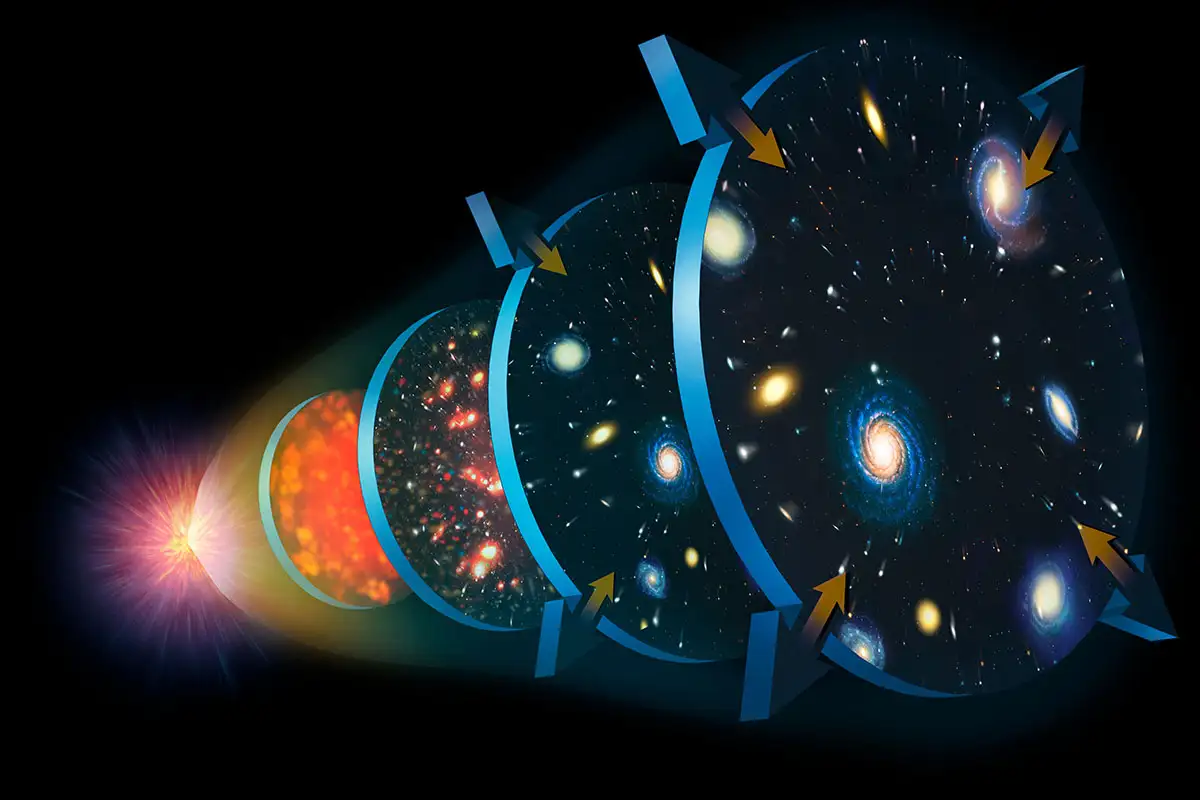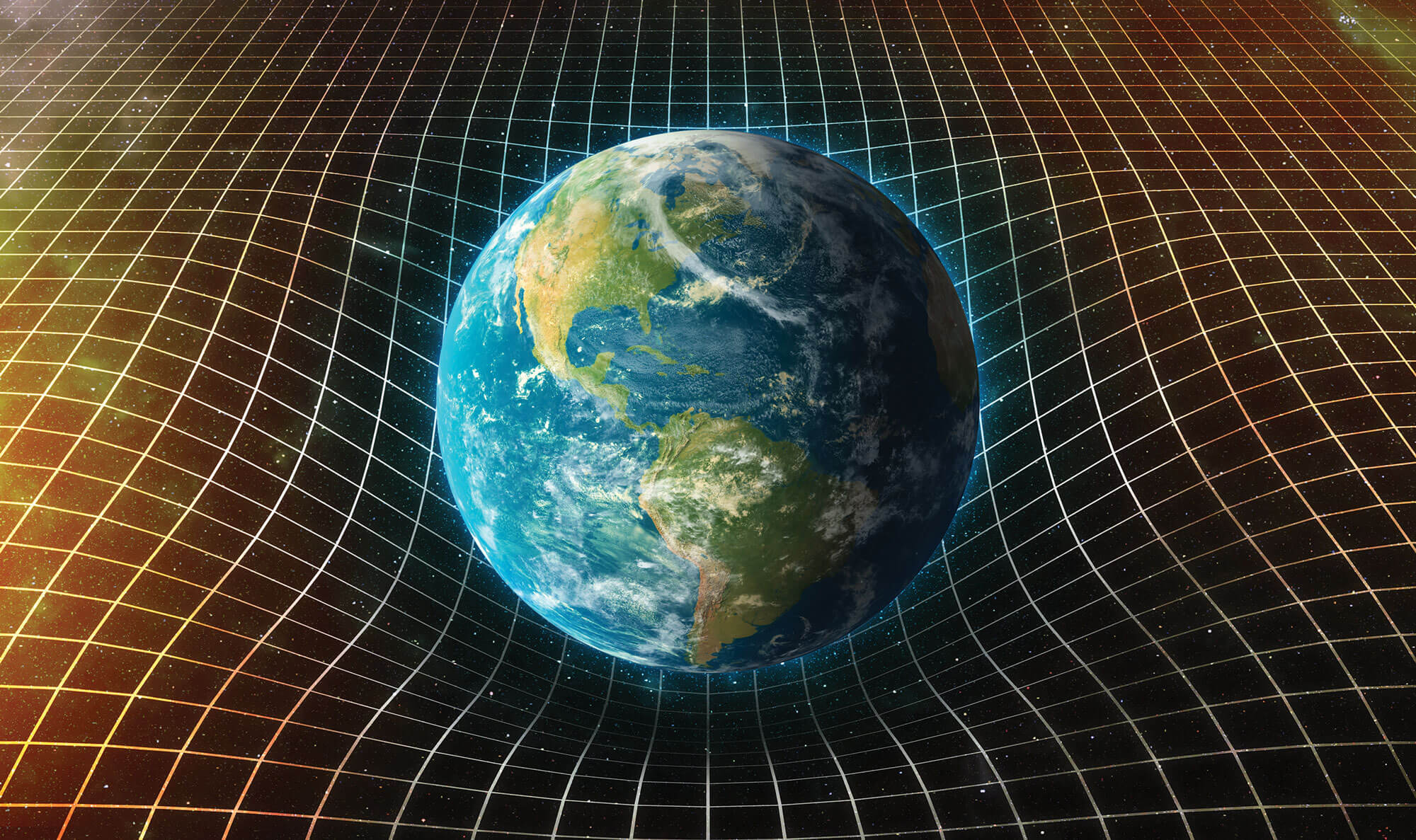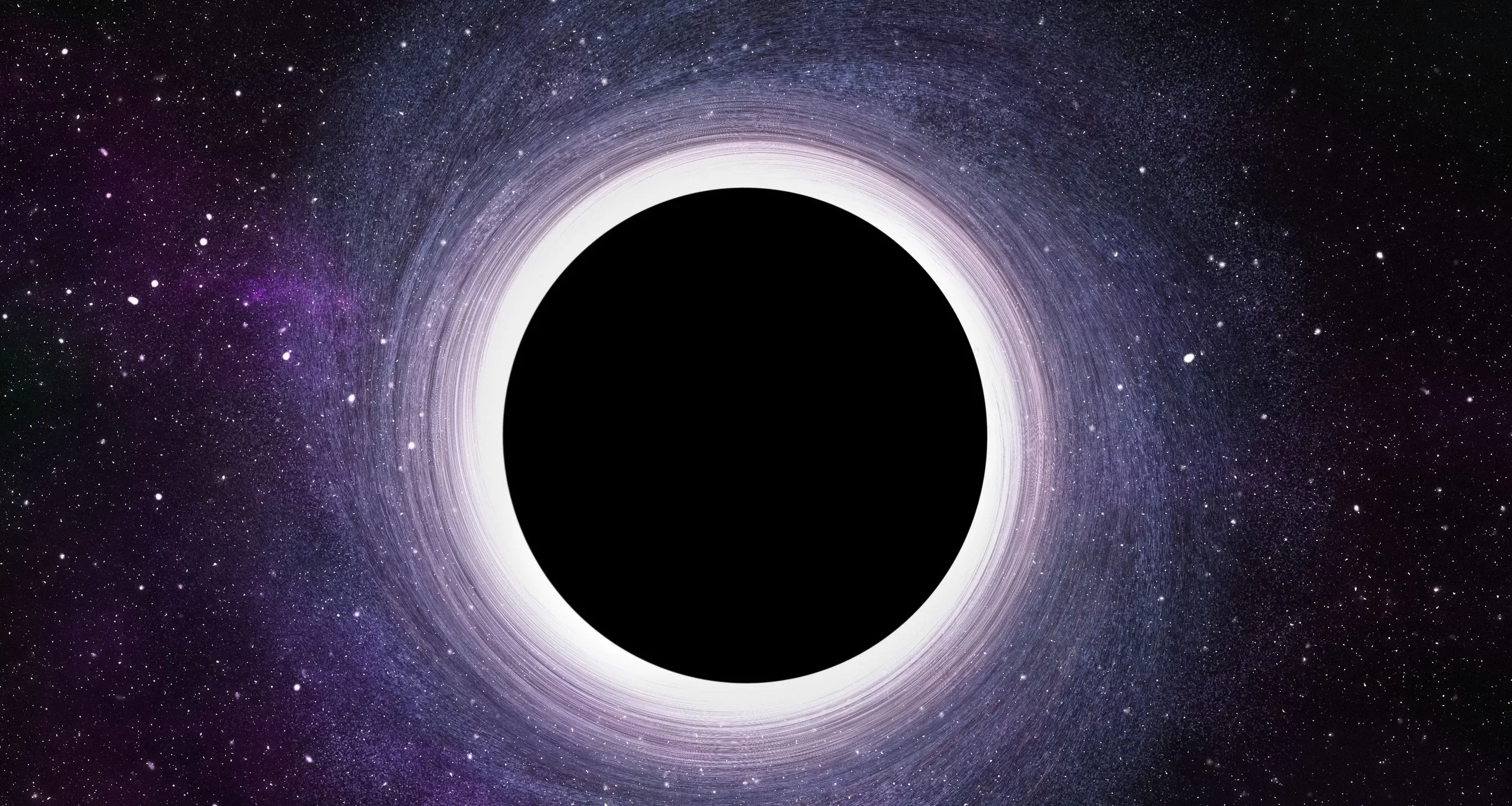In the cosmos, 16,000 mph is very very close to 0.
Key Takeaways
- A Japanese radio astronomy project revealed Earth is 2,000 light years closer to the supermassive black hole at the Milky Way’s center.
- The data also showed the planet is moving 7 km/s or 16,000 mph faster in orbit around the Galactic Center.
- The findings don’t mean Earth is in more danger from the black hole but reflect better modeling of the galaxy.
________________
If you thought things on Earth weren’t going great already, there’s more: our planet is actually much closer to the supermassive black hole at the galaxy’s core than we previously thought. New observational data has enabled scientists to refine their model of the Milky Way, revealing that Earth is moving 7 km/s faster (around 16,000 mph) and is 2,000 light-years nearer to the supermassive black hole Sagittarius A*.

This more accurate information comes from 15 years of data gathered by Japan’s radio astronomy project VERA, which stands for VLBI Exploration of Radio Astrometry, with “VLBI” meaning Very Long Baseline Interferometry. The project, which began in 2000, aims to map the Milky Way’s three-dimensional velocity and spatial structure.
VERA uses interferometry to collect and merge data from radio telescopes across Japan. This method enables extremely high-resolution results, equivalent to a telescope with a diameter of 2,300 km. The measurement is so precise, with a resolution of 10 micro-arcseconds, that it could detect a U.S. penny if it were left on the Moon’s surface.
The VERA Astrometry Catalog, along with recent observations from other scientists, allowed astronomers to construct a new position and velocity map, which identifies the galaxy’s new center—a point around which everything in the galaxy revolves.

The updated map places this center, including the supermassive black hole, about 25,800 light-years away from Earth. This is notably closer than the previously established distance of 27,700 light-years, which was set by the International Astronomical Union in 1985.
The map’s velocity data also shows that Earth is moving at 227 km/s in its orbit around the galactic center, which is 7 km/s faster than the previously accepted speed of 220 km/s.
Next, VERA will focus on other objects, particularly those near the supermassive black hole at the galaxy’s core.




One should not underestimate the gravity of our situation.
Should be there in 34,000,000 years. Can’t wait.
Our whole solar system moves through the galaxy. I wondered if that is contributing to climate change. The jet stream changes back and forth. The heat my be coming from this western jet stream? I wondered what forces change the jet stream?
With all the crazy and weird things happening on earth, I think we’re at the event horizon.
Not close enough! But I think close enough to begin siphoning off brain cells, making people woke.
I just could not leave your web site before suggesting that I really enjoyed the standard information a person supply to your visitors Is gonna be again steadily in order to check up on new posts